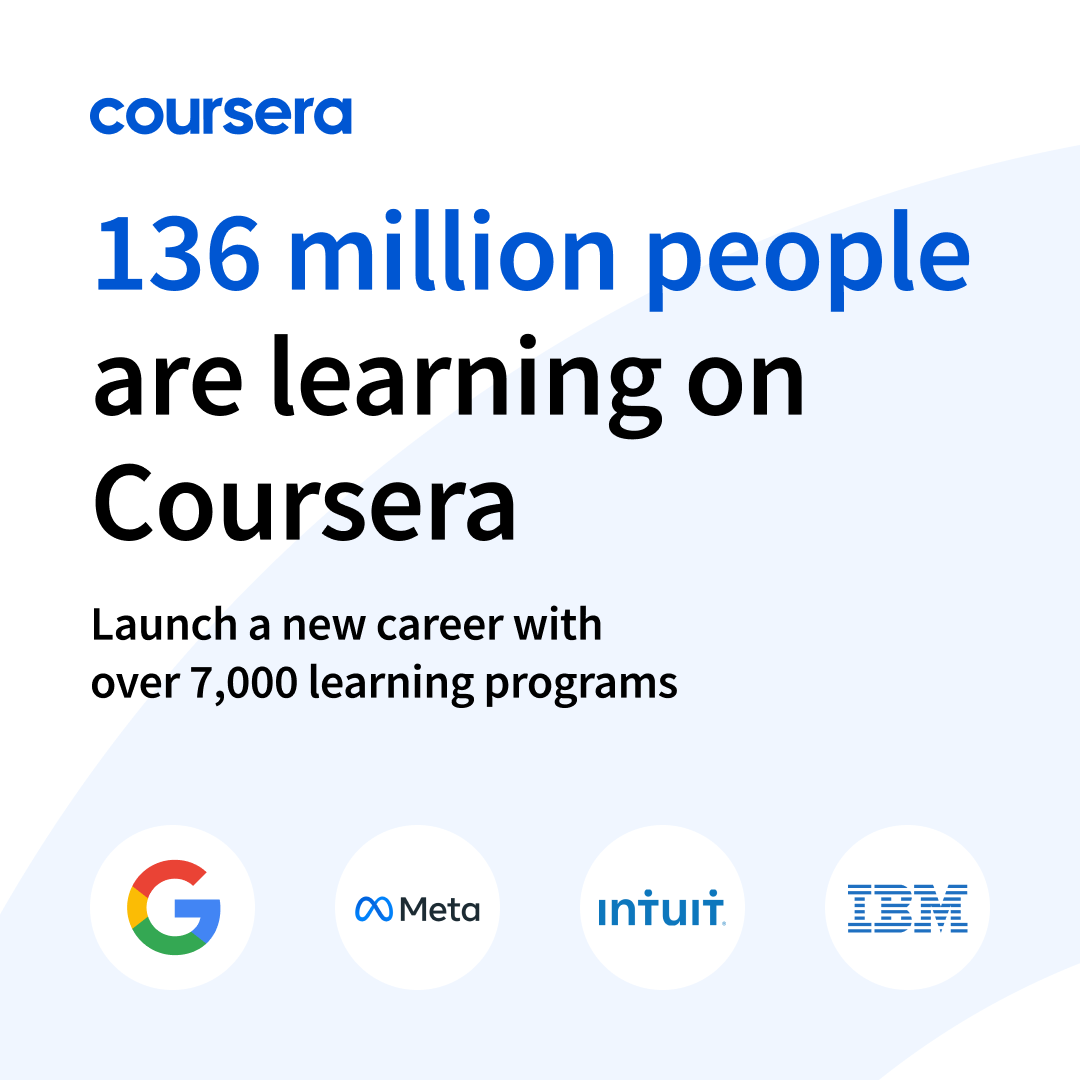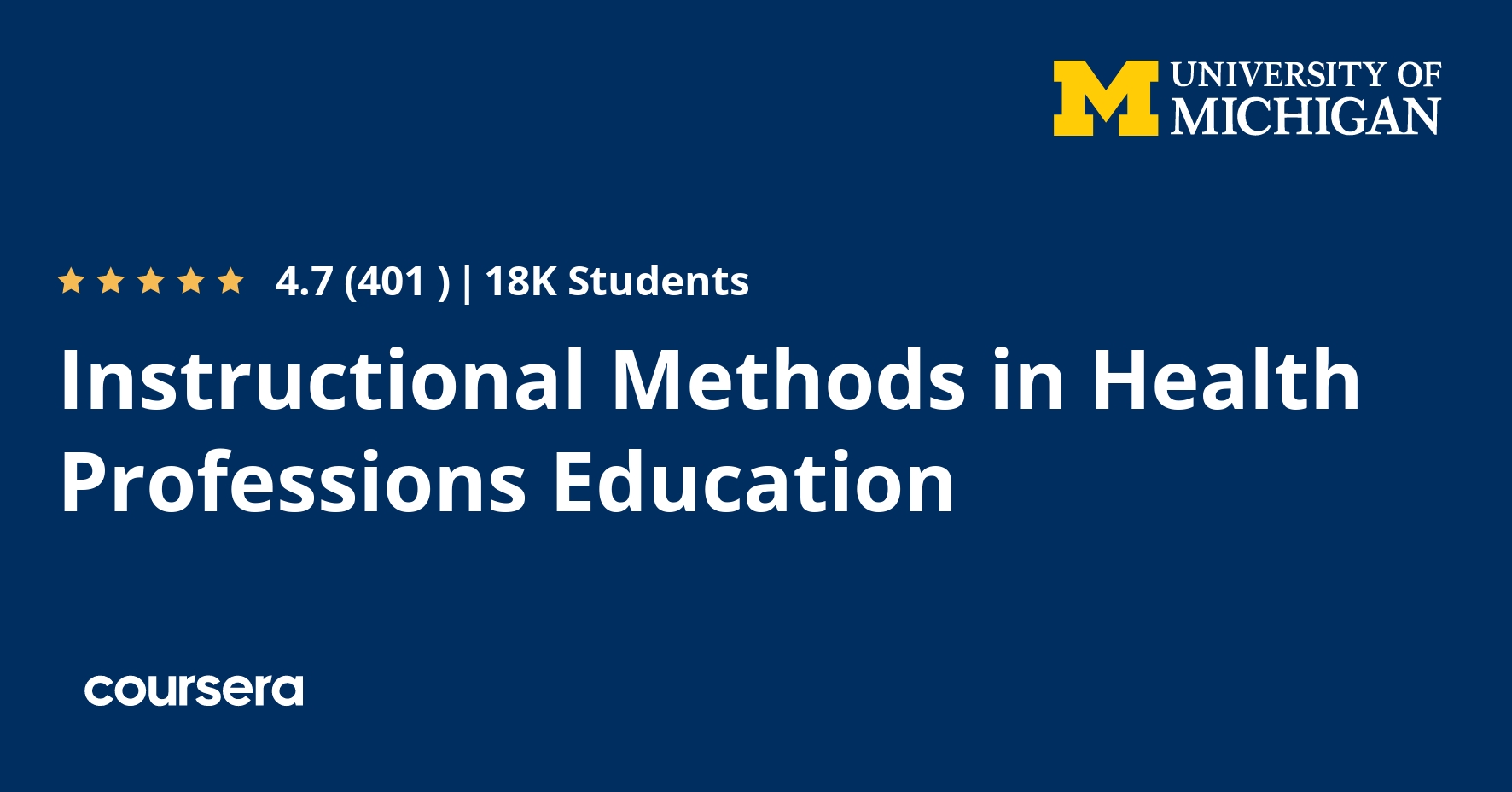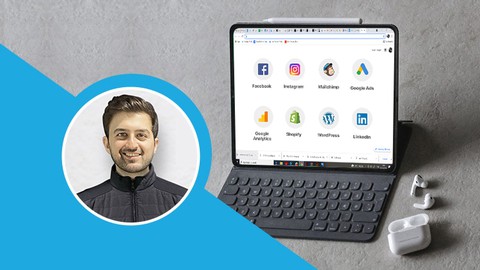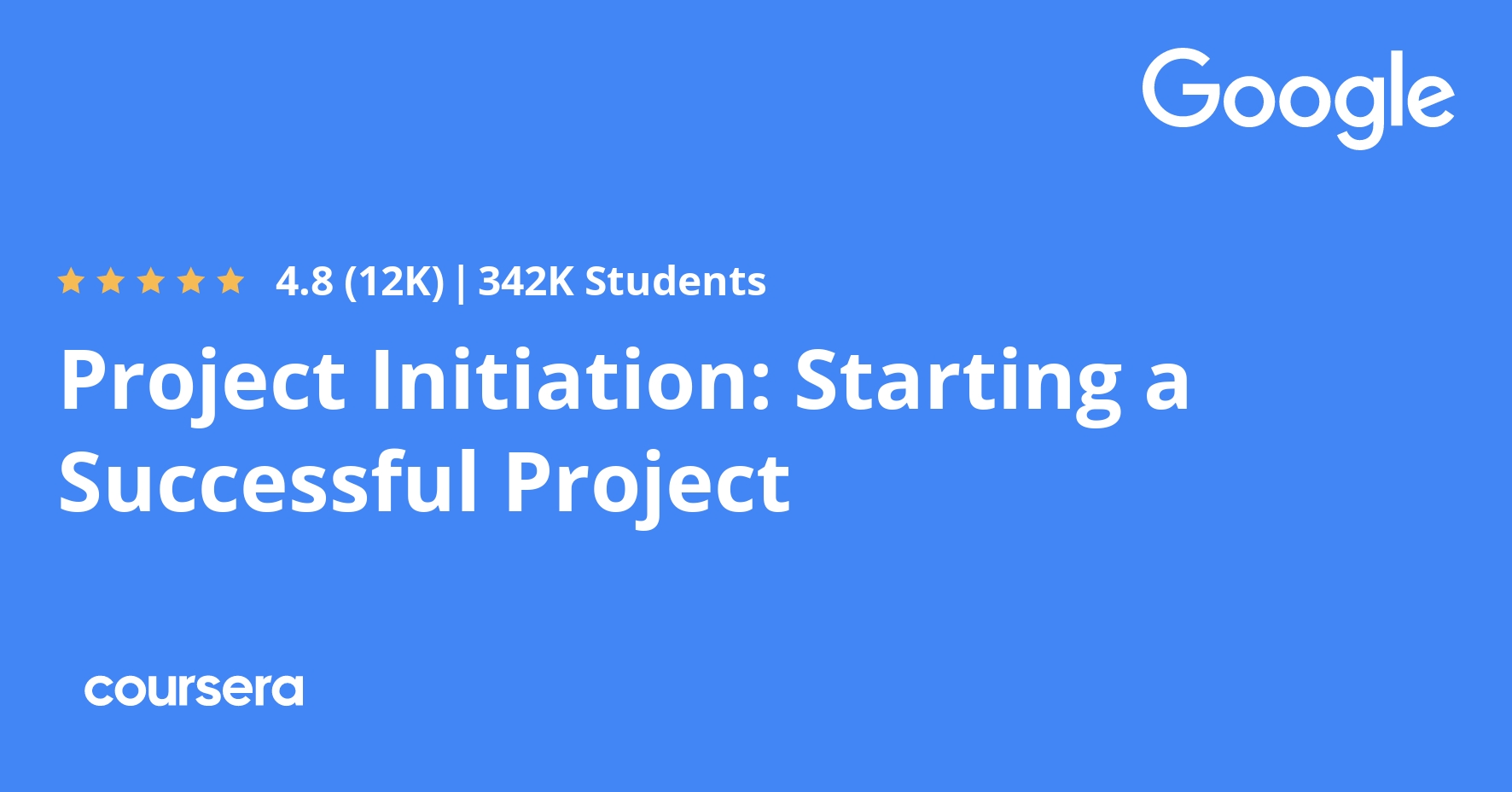Description
This course provides those involved in educating members of the health professions an asynchronous, interdisciplinary, and interactive way to obtain, expand, and improve their teaching skills. These skills can then be applied within their own professional context, with a variety of learners, extending across many stages.
After completing this course, learners will:
1. Understand educational theory as it relates to health professions education
2. Match instructional methods with desired educational outcomes
3. Learn a variety of applied teaching techniques
4. Share successful teaching strategies
Suggested resources will include educational videos, individual readings, recommended
reference books, and crowd-sourced recommendations. All students should have
dependable access to the internet with video streaming capabilities. Some students
may want the ability to utilize on-line video conferencing as well.
What you will learn
Unit 1 – Adult Learning Theory
In this unit you will learn about adult learning theory, including learning styles and motivation, metacognition, social learning theory, and professional identity formation.
Unit 2 – Intended Learning Outcomes
In this unit you will learn about formulating Intended Learning Outcomes, including Bloom’s Taxonomy, Miller’s pyramid and clinical competence, and Dreyfus’ model of skill acquisition.
Unit 3 – Instructional Design and Individual Assessment
In this unit you will learn about instructional design and individual assessment, including multiple-choice question writing, skill assessment, oral presentation, and rubrics and standardization.
Unit 4 – Instructional Techniques: Knowledge Transfer
In this unit you will learn about knowledge transfer, including active learning in large lecture formats, supportive questioning, and “Big Ticket” technique.







